Chang’e-4: Chinese spacecraft descends upon the ‘dark side of the Moon’
A lunar rover will scan the atmosphere in bid to find out more about the Universe’s early years

A Chinese spacecraft is just hours away from becoming the first ever to land on the far side of the Moon, according to the state-run Xinhua news agency.
The Chang’e-4 probe - which lifted off from Xichang in southwest China on 7 December - will deploy a lunar rover into a crater at the South Pole-Aitken basin at around 1am UK time on Thursday, The Sun reports.
Measuring 1,600 miles across and eight miles deep, the vast impact basin is the “the largest, oldest, and deepest” region on the Moon’s surface.
The Week
Escape your echo chamber. Get the facts behind the news, plus analysis from multiple perspectives.

Sign up for The Week's Free Newsletters
From our morning news briefing to a weekly Good News Newsletter, get the best of The Week delivered directly to your inbox.
From our morning news briefing to a weekly Good News Newsletter, get the best of The Week delivered directly to your inbox.
After touching down, the mission’s lander and rover will scan the atmosphere for clues about space’s “dark age” - a term used to describe the first few hundred million years of the Universe.
Chang’e-4 will also scour the surface for rock samples and study the terrain.
The Daily Mail suggests the mission may be linked to China’s plan to construct a Moon base in the 2030s, although a facility on the far side of the lunar surface is unlikely. The region is frequently bombarded by asteroids and receives less light than the side facing Earth.
Nasa’s lunar landings in the late 1960s and early 1970s, along with other research missions, have all been to the side of the Moon visible from our planet.
A free daily email with the biggest news stories of the day – and the best features from TheWeek.com
What is the far side of the Moon?
The far side, commonly known as the dark side of the Moon, is a region of the lunar surface that is covered in deep craters and a “thicker, older crust” than the near side, says the BBC.
Through a phenomenon called “tidal locking”, this far side is never visible from Earth, because the Moon takes as long to complete one orbit of Earth as it does to rotate on its axis.
A common myth suggests the far side never receives sunlight, hence the “dark side” name. However, both sides receive the same levels of light from the Sun, but the near side also gets light reflecting from Earth’s surface.
-
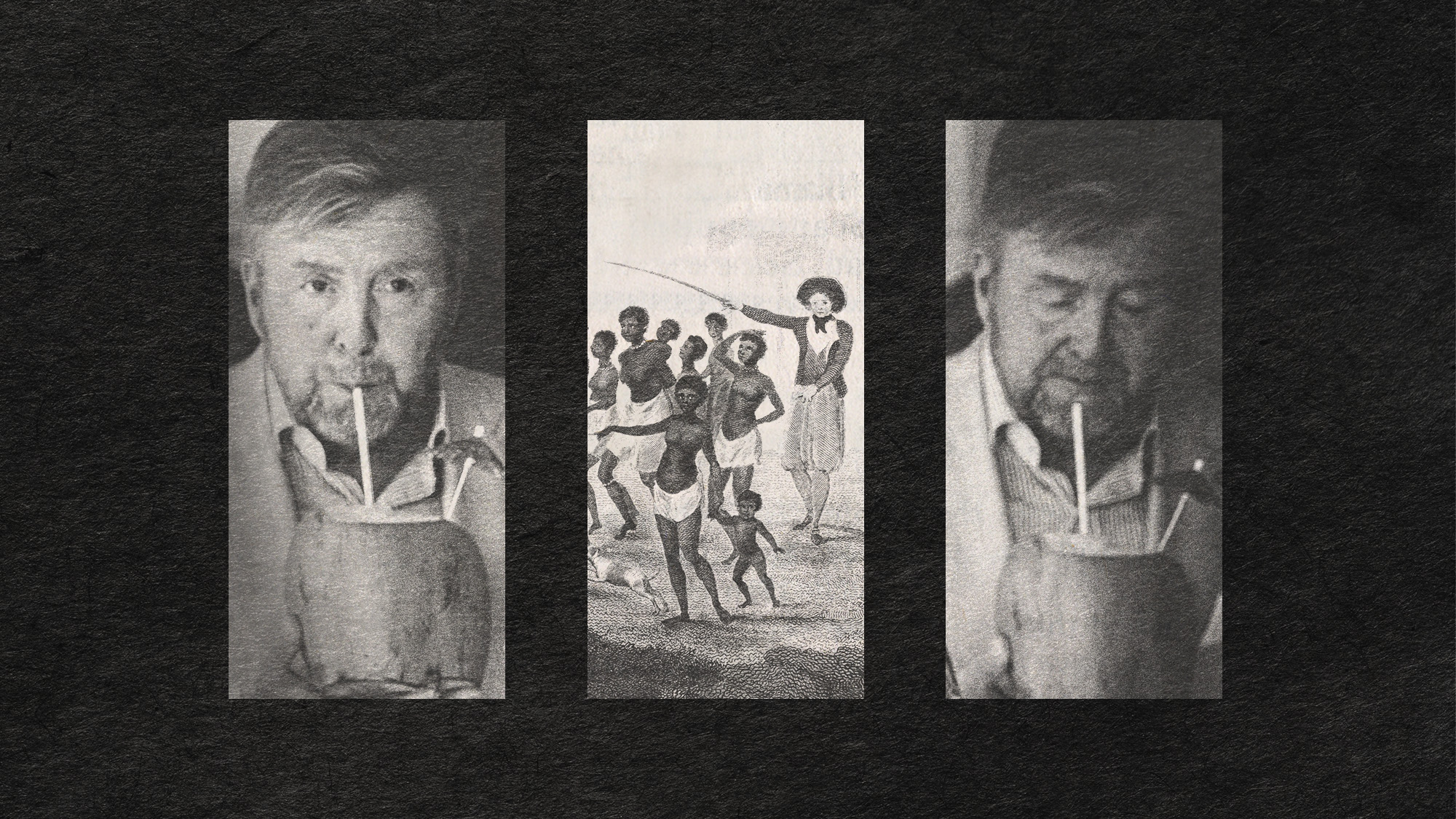 In Suriname, the spectre of Dutch slave trade lingers
In Suriname, the spectre of Dutch slave trade lingersUnder the Radar Dutch royal family visit, the first to the South American former colony in nearly 50 years, spotlights role of the Netherlands in transatlantic trade
-
 Political cartoons for December 7
Political cartoons for December 7Cartoons Sunday’s political cartoons include the Trump-tanic, AI Santa, and the search for a moderate Republican
-
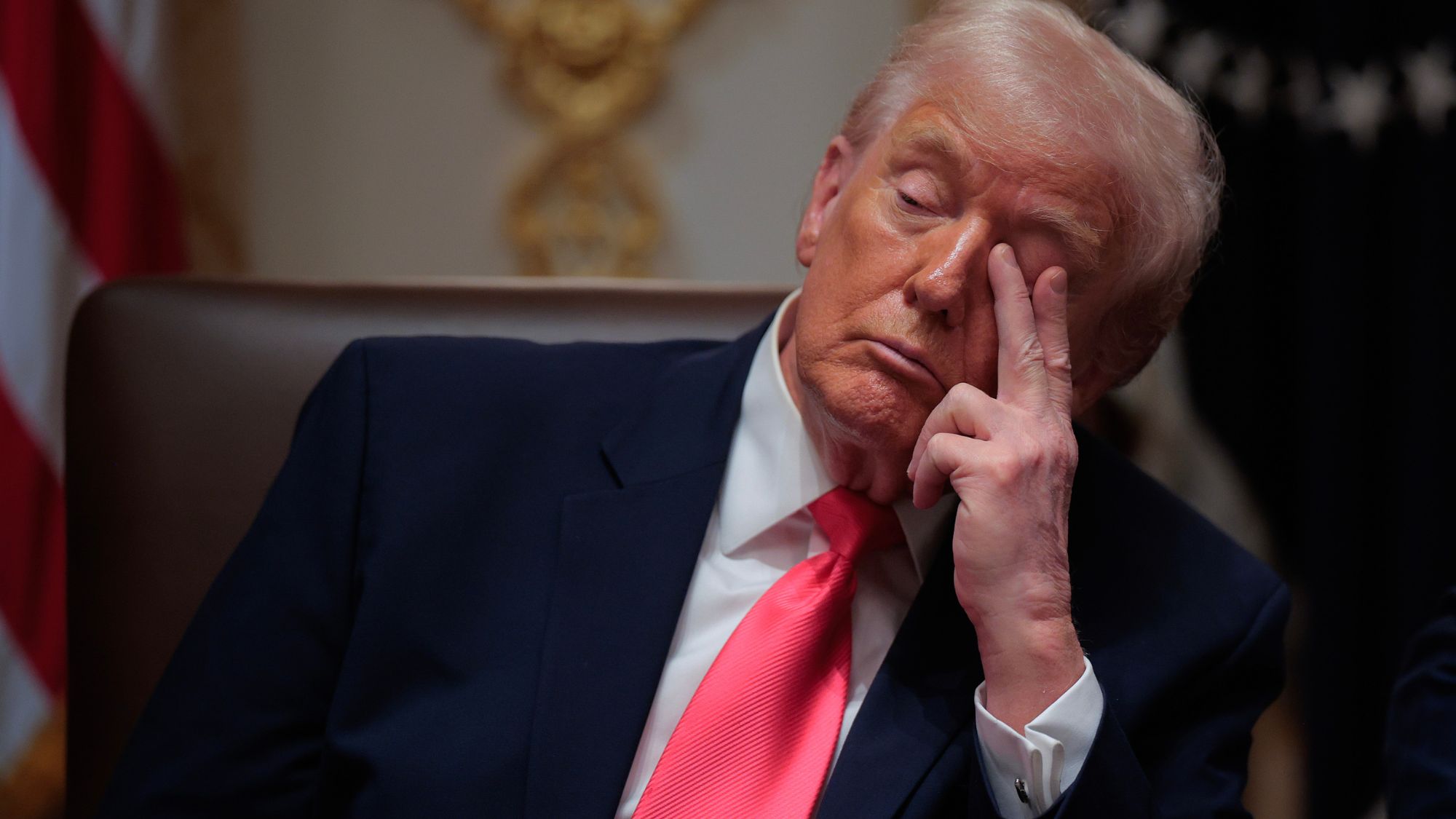 Trump’s poll collapse: can he stop the slide?
Trump’s poll collapse: can he stop the slide?Talking Point President who promised to ease cost-of-living has found that US economic woes can’t be solved ‘via executive fiat’
-
 Another Starship blast sets back Musk's Mars hopes
Another Starship blast sets back Musk's Mars hopesSpeed Read Nobody was killed in the explosion, which occurred in south Texas
-
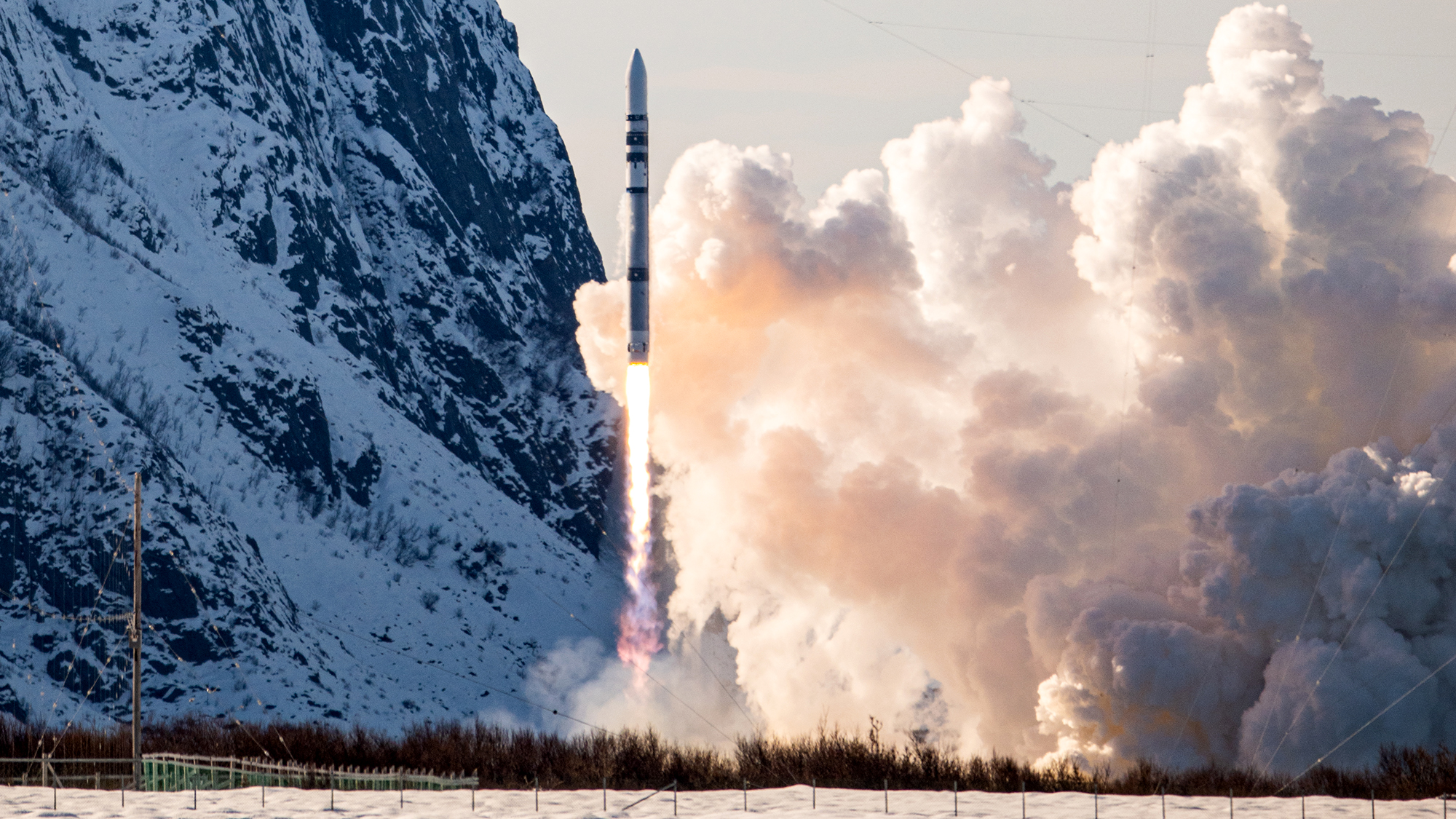 Test flight of orbital rocket from Europe explodes
Test flight of orbital rocket from Europe explodesSpeed Read Isar Aerospace conducted the first test flight of the Spectrum orbital rocket, which crashed after takeoff
-
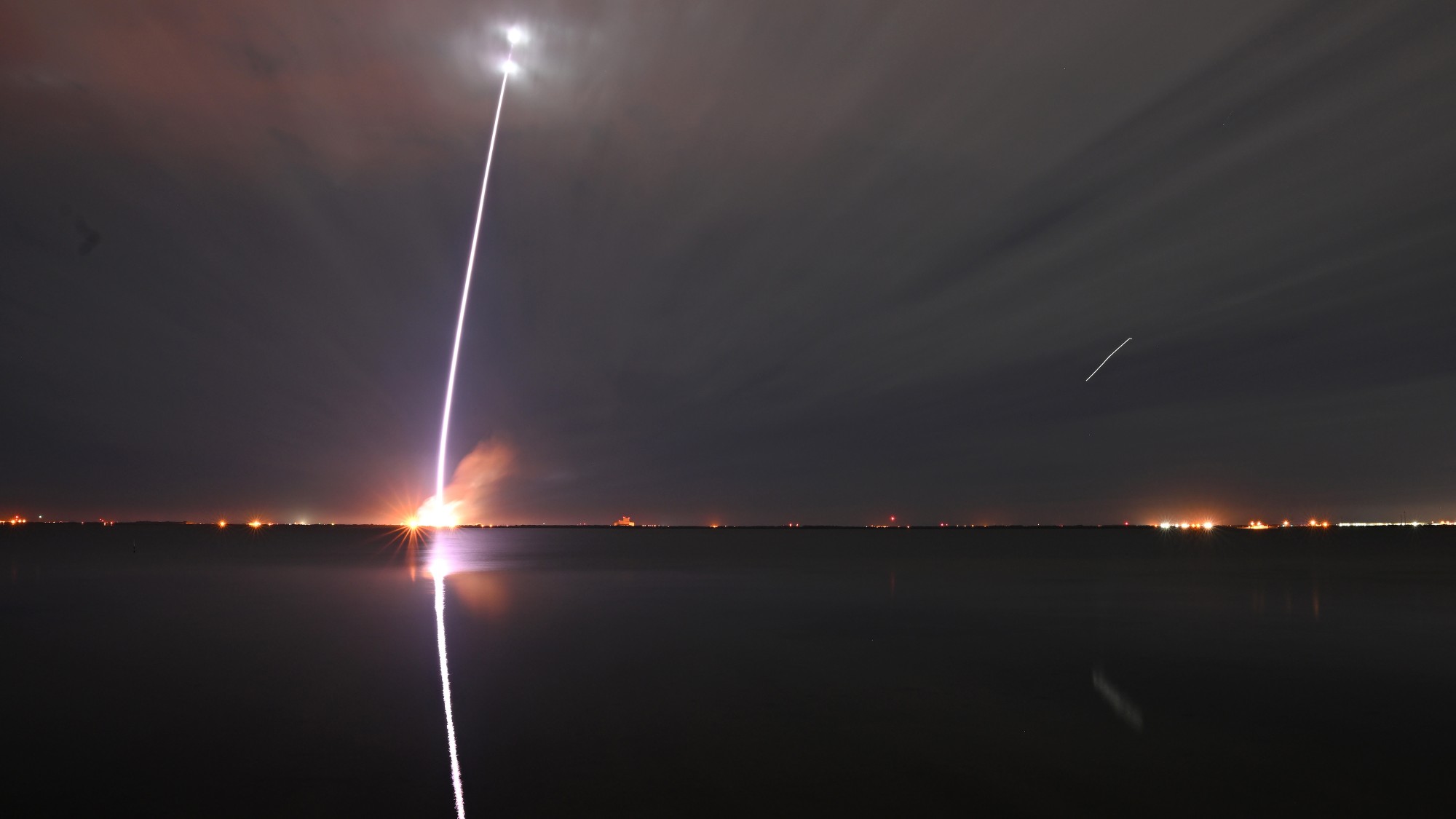 Jeff Bezos, Elon Musk and the billionaire space race
Jeff Bezos, Elon Musk and the billionaire space raceThe Explainer Tesla CEO and Amazon founder vie for dominance of satellite launch market and could influence Nasa plans to return to Moon
-
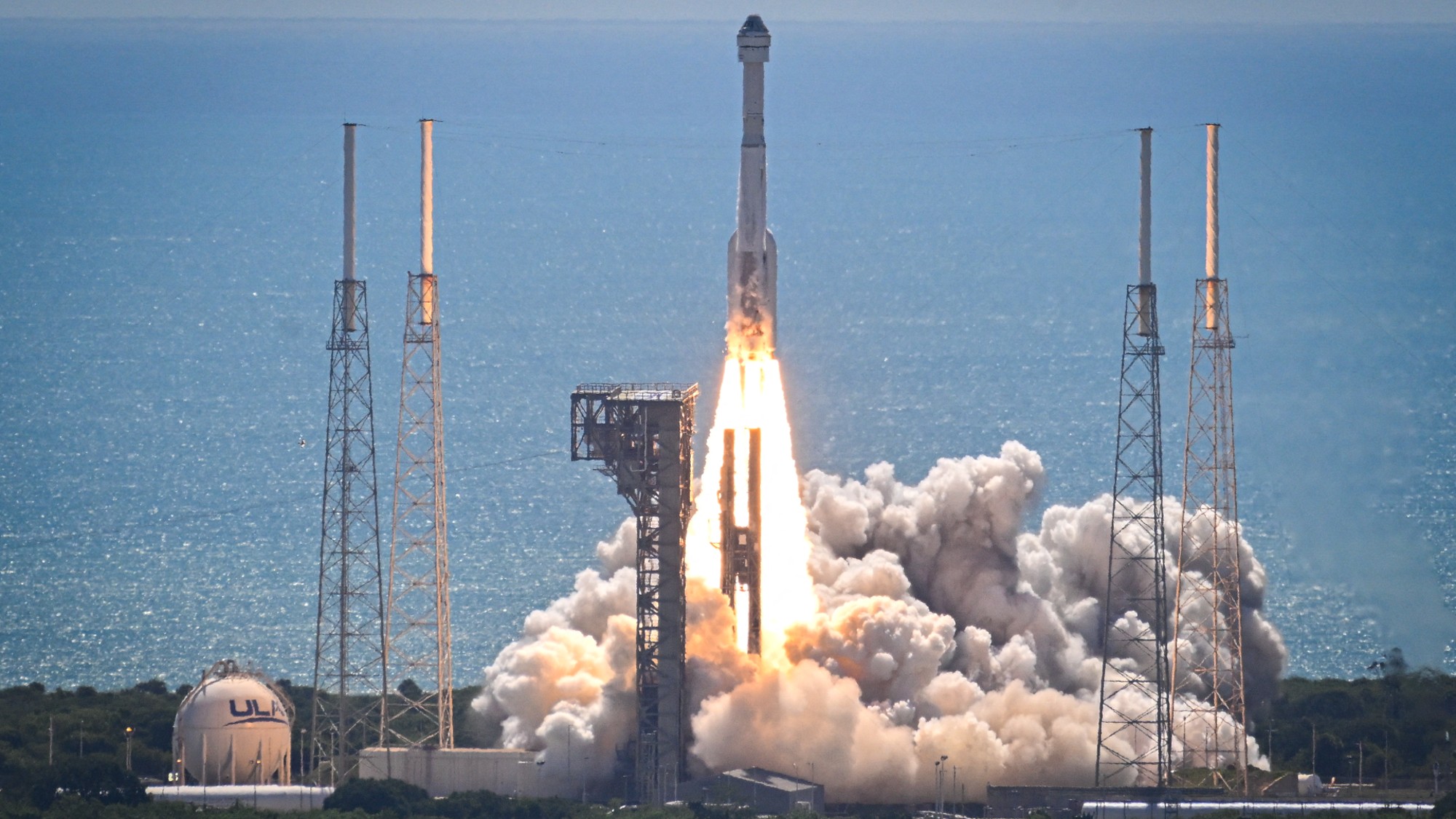 Starliner: What went wrong?
Starliner: What went wrong?Today's Big Question Boeing spacecraft has had a 'long, difficult road'
-
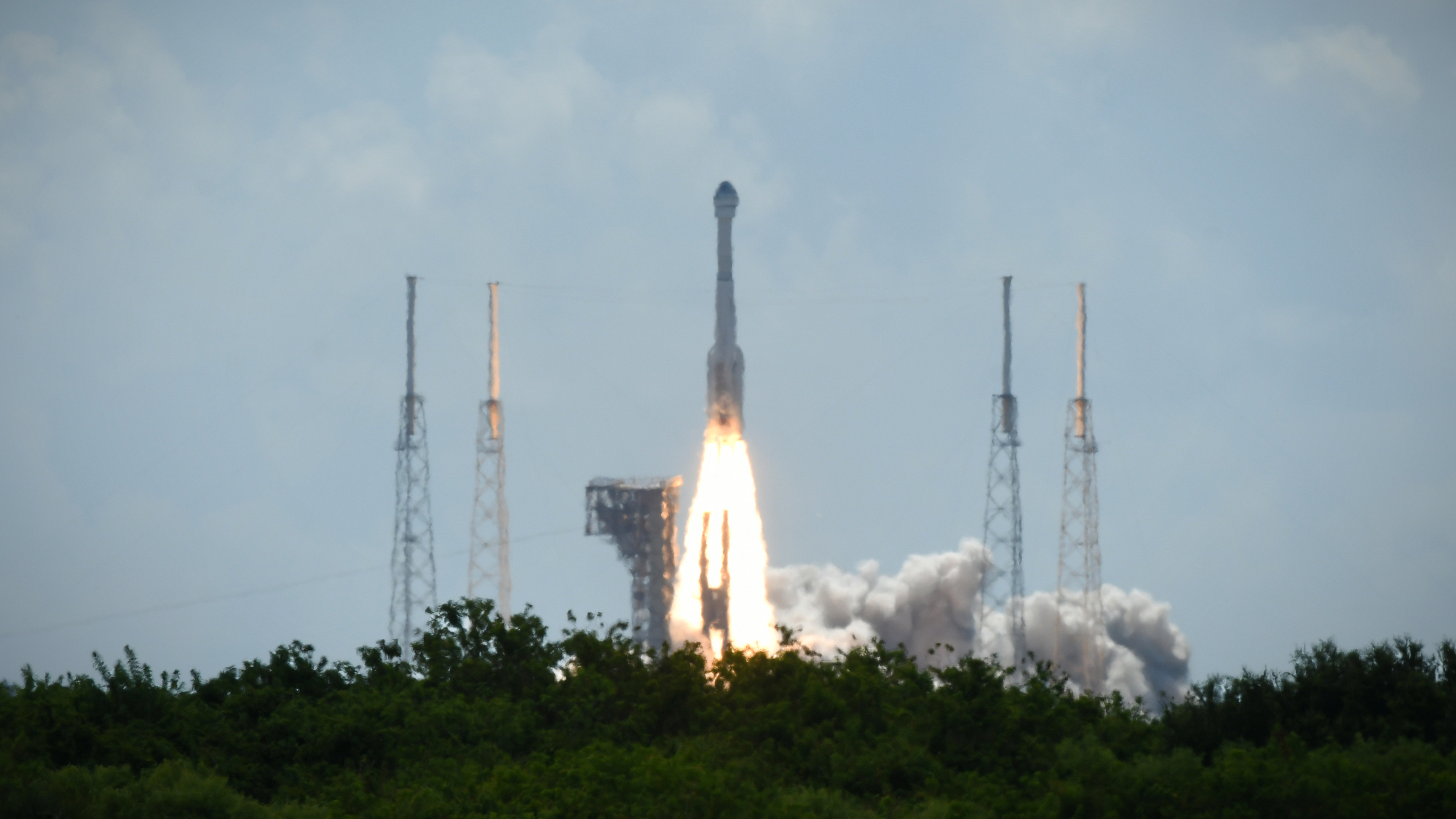 Boeing, SpaceX successfully test key rockets
Boeing, SpaceX successfully test key rocketsSpeed Read Boeing’s Starliner docked at the ISS and SpaceX completed its fourth test launch of its Starship spacecraft
-
 Nasa reveals first findings from asteroid that could explain origins of life
Nasa reveals first findings from asteroid that could explain origins of lifeSpeed Read Sample from Bennu has been found to contain an abundance of water and carbon
-
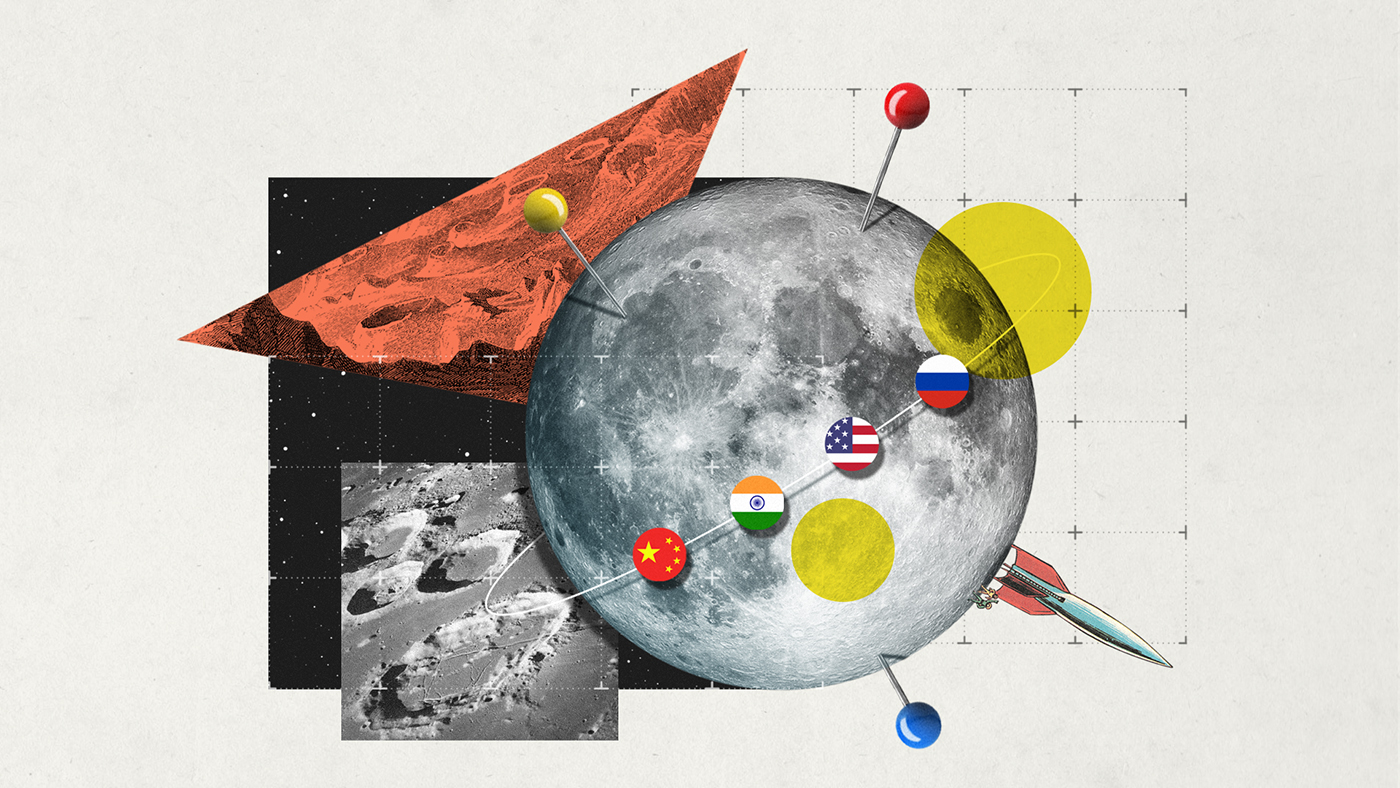 Dark side of the Moon: will the race to lunar South Pole spark conflict?
Dark side of the Moon: will the race to lunar South Pole spark conflict?Today's Big Question Russia and India are competing for the ‘new lunar gold’ – but real contest will be between the US and China
-
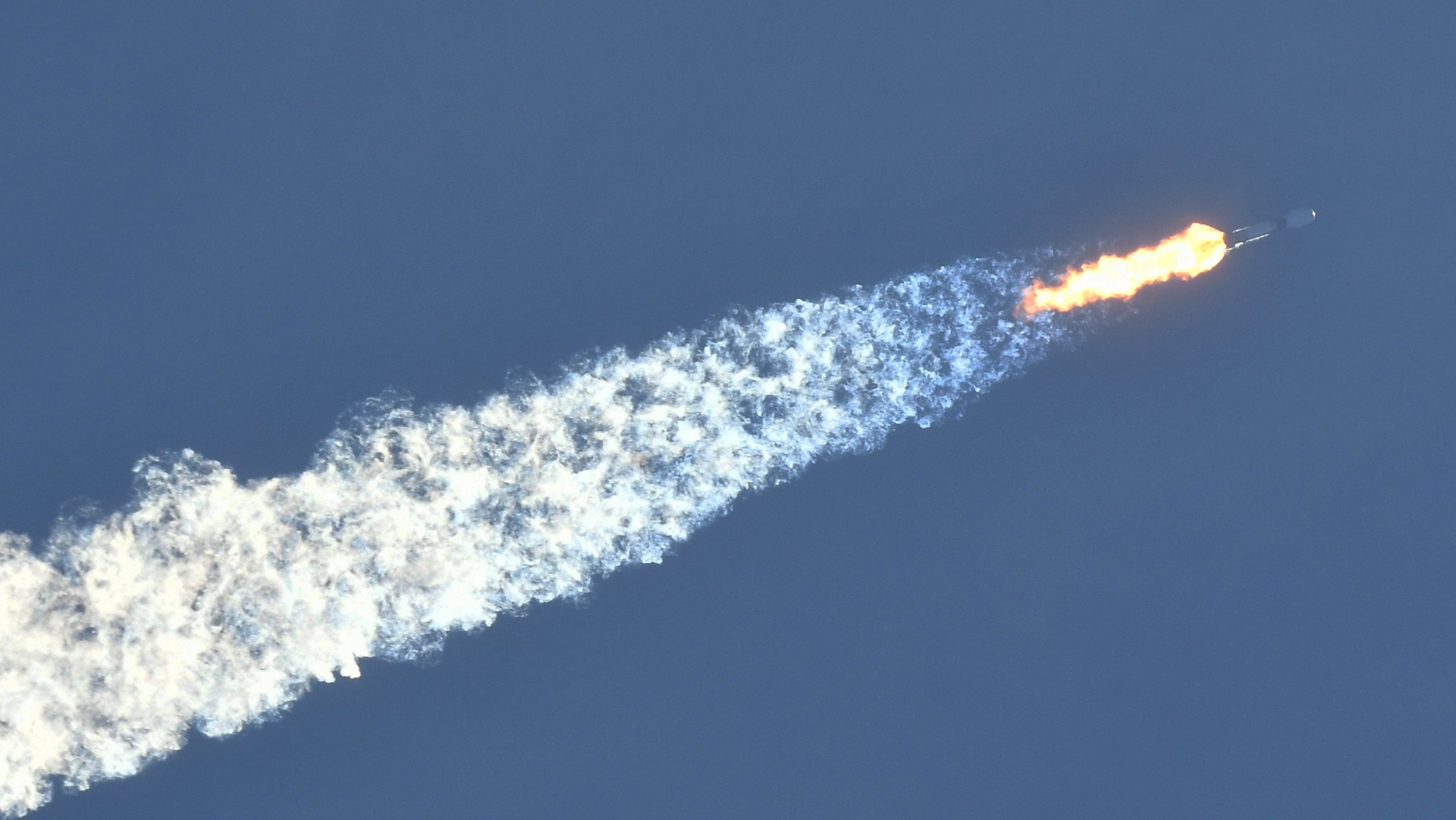 How worried we should be about space debris
How worried we should be about space debrisfeature As part of a rocket washes up in Australia scientists warn ‘critical mass’ of orbital junk could only be decades away